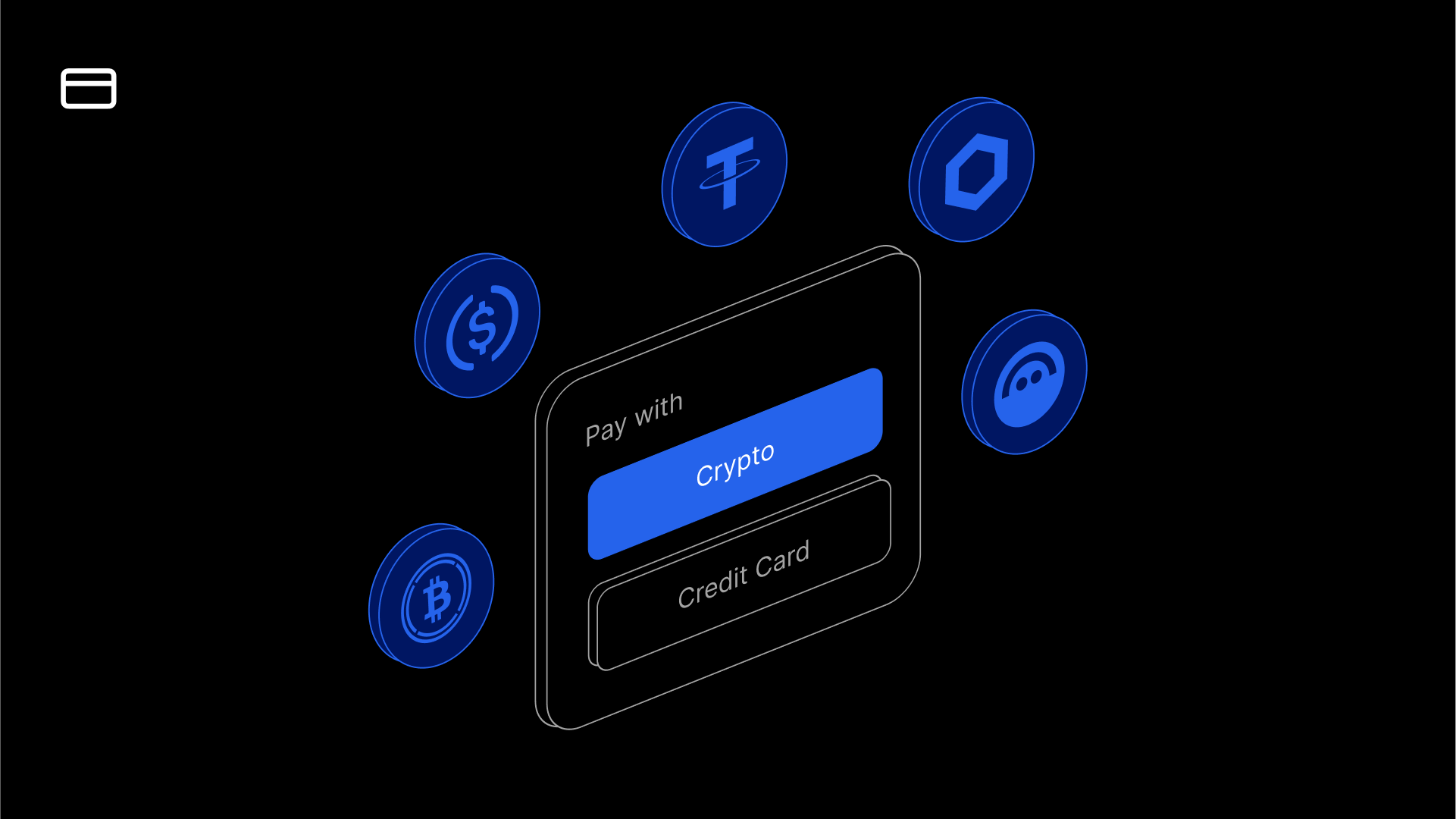Bridging is Broken: The Need for a Universal Bridge

At thirdweb, we're rethinking where bridges fit into the future of onchain applications. Bridging (in whatever form it takes) is the most critical piece to the rollup-centric roadmap.
While bridges have improved in speed, convenience, and reliability—meaning today, you can bridge EVM assets from one chain to another in a matter of seconds—most bridges are built primarily for functionality rather than developer or user experience. If a user wants to use an app on a new chain, they'll need to manually bridge funds to that chain using a separate platform. This is simply not the experience users expect from a performant app.
Bridging the Ecosystem deserves
The ecosystem needs a solution that incorporates existing bridging solutions, while offering an improved user experience.
The solution we've built is called Universal Bridge. It includes automatic “just-in-time” asset routing so the user doesn’t need to worry about bridges or chains: they can use any asset on any chain seamlessly, and without bridging manually. It's perfectly positioned to leverage existing infra while improving the user experience.
However, building a solution for bridging wasn't easy, so let's go through how the engineering team approached each challenge.
The Challenges of Bridging in the EVM Ecosystem
Challenge 1: (Un)Expected Outputs
Many existing bridges use an input-first approach to bridge requests/intents. In these cases users tell the bridge how much of the input asset they’re willing to pay. The bridge then returns the output amount depending on fees, slippage, dutch auction settlement, and other factors. This protects the bridge or solvers from potential losses.
When the output is flexible, the bridging/swapping process is easier to fulfill. There are several reasons the output may change from the time of the quote to the time the destination assets land in the user’s wallet: slippage, fulfillment auctions, destination chain gas prices, and more. By having a guaranteed input and an “expected” output, the bridge or solver isn’t liable for these costs. The user pays for any unexpected price increase with a decreased output amount.
As a user, this approach is problematic. When bridging funds, you typically have an intended action in mind. That action requires a specific number of assets to complete. If a user can’t know what the output amount will be, they must send extra assets to account for the potential difference. This leaves extra assets stranded on chains, isolated from your main portfolio. We’ve all experienced this “dusting” of various tokens across many different chains.
The Solution: Guaranteeing the amount of assets needed
At thirdweb, we’re building the Universal Bridge to create a solution to this problem. For most cases, users can execute a buy to receive an exact amount of assets on the destination chain. The Universal Bridge APIs return a required input amount users must send to receive their exact output. If a user needs to send a specific amount, they can use the sell APIs to provide an exact input with a flexible output amount.
Challenge 2: Extra Fees
“Extra fees” includes any assets a transaction requires besides the ones you are intending to use/bridge. Gas fees are the quintessential example these, although gas sponsorship via smart accounts has largely solved their UX problems. The problem is: gas sponsorship doesn’t apply to bridge fees.
Many bridges expect you to pay fees in a different currency to the one you're bridging. This protects bridges and solvers from potential volatility: by requesting any fees in a consistent asset such as ETH or USDC, the bridge or solver isn’t exposed to any price movements after providing a quote.
While convenient for the bridge, it's a severe inconvenience for users. If the user’s wallet doesn’t hold the fee asset, they simply can't bridge! Worse still, to bridge successfully, they would need to swap or buy funds specifically for the fee. This adds inconvenience, cost, and friction. It's simply not the user experience you need for scaling to the masses.
The Solution: The user only needs a single asset
To solve this problem, the Universal Bridge guarantees that every route takes 100% of fees in the bridged asset. This opens the door for easy smart account usage and faster routing across chains.
Challenge 3: “One size fits all”
Over the past few years, several bridging methods have attempted to solve the UX problems of the rollup-centric roadmap. Each method carries its own unique benefits and tradeoffs. And typically, it takes a combination of methods to ensure coverage across all EVM chains and for all assets. Currently, bridges focus on a single strategy at a time, forcing developers to choose which tradeoffs to accept.
For example;
- Intents are fast and inexpensive. However, solvers don’t operate on newer chains or handle lower liquidity tokens.
- Lock-and-mint contracts allow any token to exist anywhere. But that said, they also lead to wrapped token fragmentation.
- Native bridges are cost effective, reliable, and available on all chains. But unfortunately, they are much slower than other options.
All of these solutions have drawbacks; picking a single one is settling for a limited feature set.
The Solution: Building on existing infra
We’re designing the Universal Bridge to operate a layer above onchain protocols. This allows for combined routes and interoperability between these protocols; guaranteeing complete coverage across every asset and every chain. What's more, routes can be custom-fit to the user’s action and expectations, eliminating the problem of potentially unexpected outputs.
The Universal Bridge: Seamless EVM Bridging
The Universal Bridge is our solution to today’s asset fragmentation and is currently in private beta. If you’re interested in trying it out, complete the form here and we’ll be in touch with you soon.

